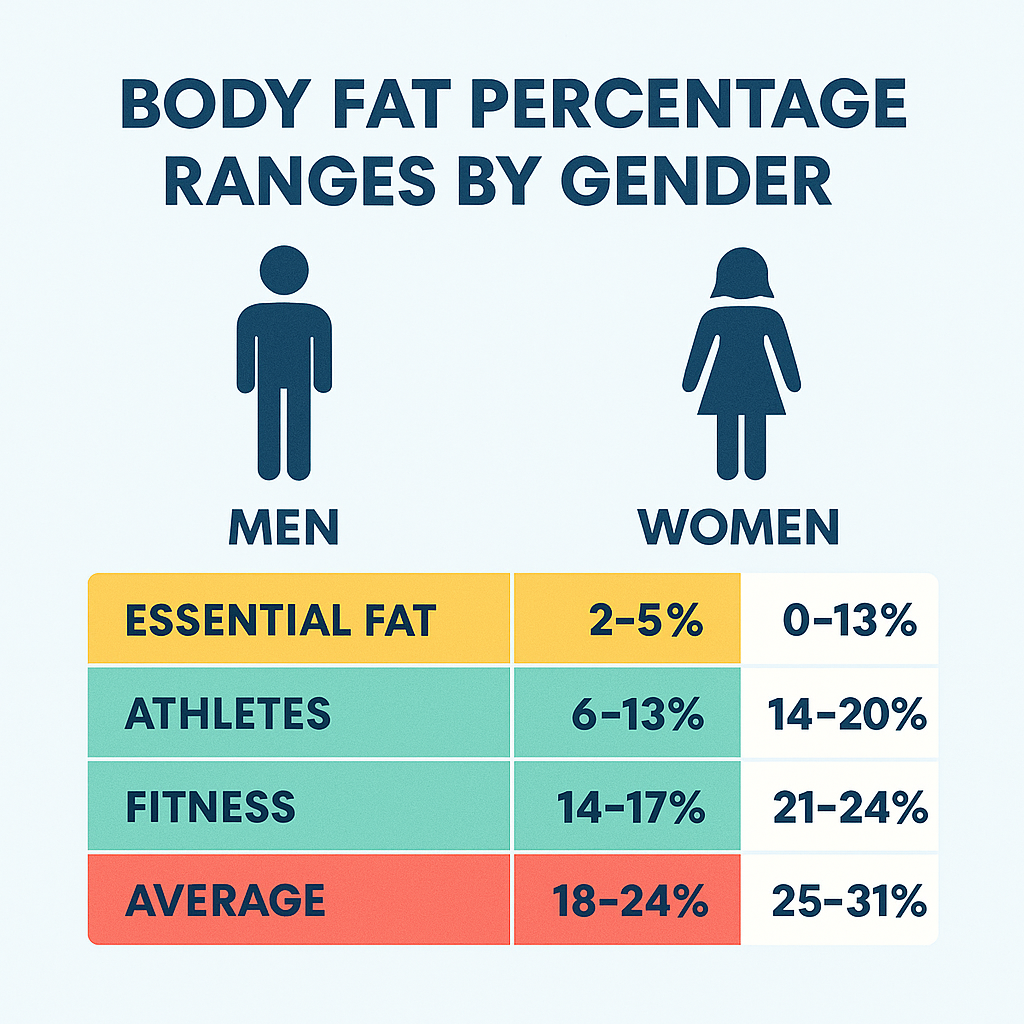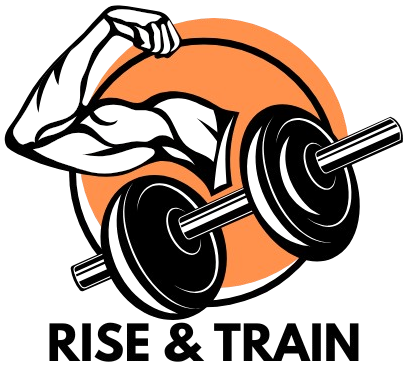
What Is a Healthy Body Fat Percentage?
Share
Introduction
When it comes to health and fitness, weight alone does not tell the full story. Two people may weigh the same, yet their body composition can be completely different. That’s why body fat percentage is a more accurate measure of health than weight alone. But what percentage is considered normal or healthy? Let’s break it down.
1. Essential Body Fat vs. Stored Fat
-
Essential Fat: The minimum amount of fat required for normal physiological function.
-
Stored Fat: Energy reserves, located under the skin and around organs, which can vary greatly.
Men and women have different requirements:
-
Men: Essential fat is 2–5%.
-
Women: Essential fat is 10–13%, due to hormonal and reproductive needs.
2. Healthy Body Fat Percentage Ranges
For Men
-
Athletes: 6–13%
-
Fitness Range: 14–17%
-
Average Range: 18–24%
-
Obese: 25% or higher
For Women
-
Athletes: 14–20%
-
Fitness Range: 21–24%
-
Average Range: 25–31%
-
Obese: 32% or higher
3. Why Body Fat Percentage Matters
-
Too Low: Can lead to hormonal imbalance, fatigue, lowered immunity, and—for women—menstrual irregularities.
-
Too High: Increases the risk of cardiovascular disease, type 2 diabetes, and metabolic syndrome.
-
Optimal Range: Staying within a healthy range supports energy, hormone regulation, and long-term wellness.
4. Factors That Influence Ideal Body Fat
-
Age: Natural increases in fat stores occur with age.
-
Lifestyle & Activity Level: Athletes typically maintain lower percentages.
-
Genetics: Some individuals naturally carry more or less body fat.
-
Goals: Aesthetic, athletic, or health-focused goals may shift the ideal range slightly.
5. How to Measure Body Fat Percentage
-
Calipers (Skinfold Test): Common, affordable, but less precise.
-
Bioelectrical Impedance (Scales/Devices): Quick but can fluctuate with hydration.
-
DEXA Scans: Highly accurate but more expensive.
-
Hydrostatic Weighing: Accurate but less accessible.
